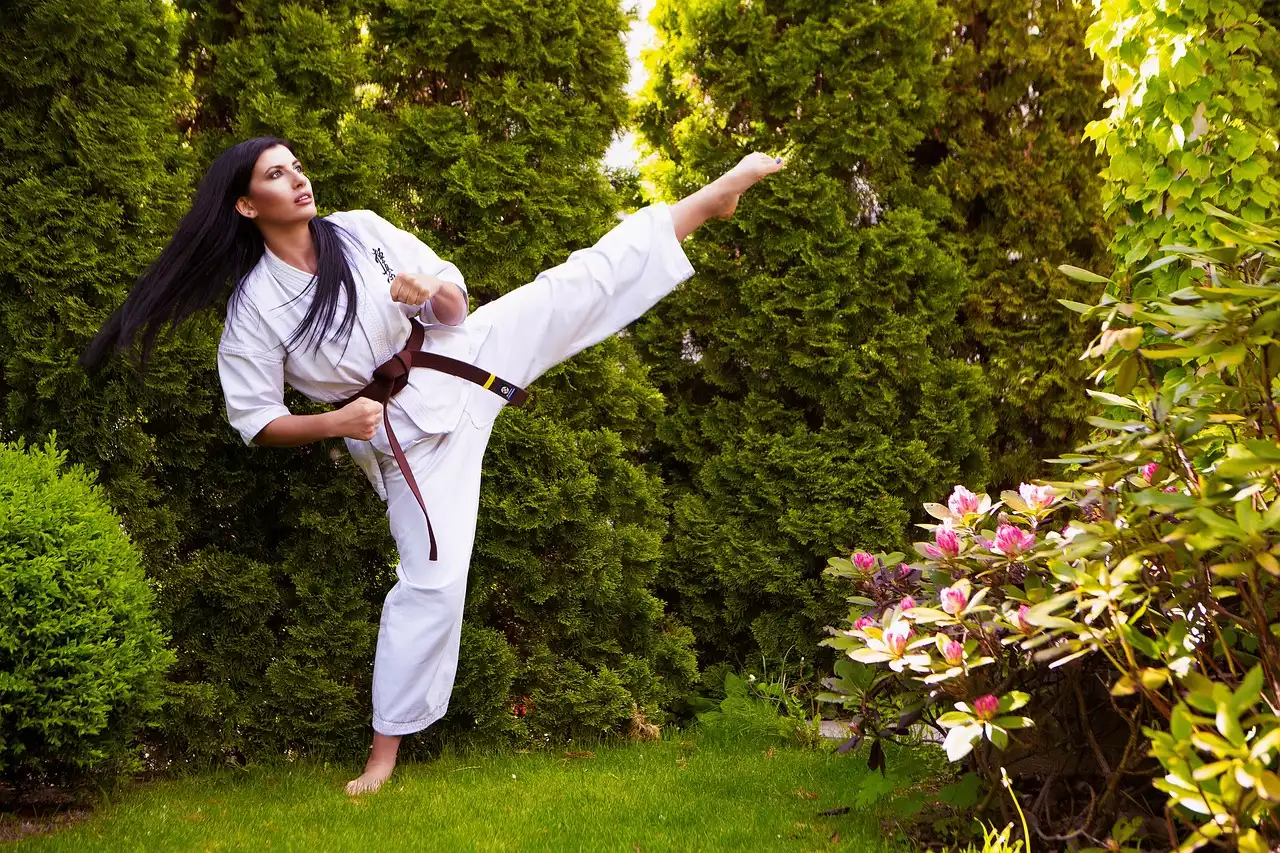What are counter techniques in Judo?
Counter techniques in Judo are techniques that allow you to respond to an opponent's attack by using their momentum against them. Rather than trying to overpower your opponent, counter techniques involve using their strength and energy to your advantage. This requires a deep understanding of the principles of Judo and the ability to read your opponent's movements and intentions.
The importance of counter techniques in Judo
Counter techniques are an essential part of Judo's strategy. They allow you to conserve your energy and take advantage of your opponent's mistakes. They can also be used to surprise your opponent and gain the upper hand in the match. Without counter techniques, you will be at a disadvantage against opponents who are skilled in using them.
Basic Judo techniques and their counters
Some of the most basic Judo techniques have corresponding counter techniques that can be used to gain an advantage in the match. For example, the O-goshi hip throw can be countered with the Uki-goshi hip throw. If your opponent attempts to throw you with O-goshi, you can pivot and use their momentum to execute Uki-goshi instead. Similarly, the Seoi-nage shoulder throw can be countered with the Yoko-tomoe-nage sacrifice throw. By dropping to the ground and using your opponent's momentum, you can turn their Seoi-nage attempt into a successful Yoko-tomoe-nage.
Another basic technique that can be countered is the foot sweep. If your opponent attempts to sweep your foot, you can lift your foot and use their momentum to throw them with a hip throw. You can also use a foot sweep to set up a throw of your own, such as a Uchimata inner thigh throw.
Advanced Judo techniques and their counters
As you progress in your Judo training, you will encounter more advanced techniques that also have counter techniques. For example, the Harai-goshi sweeping hip throw can be countered with the Koshi-guruma hip wheel. If your opponent attempts to throw you with Harai-goshi, you can use their momentum to execute Koshi-guruma instead. Another advanced technique that can be countered is the Kata-guruma shoulder wheel. If your opponent attempts to throw you with Kata-guruma, you can use their momentum to execute a Tani-otoshi valley drop throw.
How to execute counter techniques in Judo
Executing counter techniques in Judo requires a deep understanding of the principles of the sport and the ability to read your opponent's movements. To successfully execute a counter technique, you must be able to anticipate your opponent's attack and respond quickly and decisively. This requires practice and experience, as well as a willingness to take risks and try new techniques.
To execute a counter technique, you must first create the opportunity by allowing your opponent to attack you. This requires a level of skill and confidence, as you must be able to defend against your opponent's attack without becoming overwhelmed. Once you have created the opportunity, you must use your opponent's momentum to execute the counter technique. This requires precise timing, as you must be able to read your opponent's movements and respond quickly.
Tips for mastering counter techniques in Judo
Mastering counter techniques in Judo requires practice, patience, and a willingness to learn from your mistakes. Here are some tips to help you improve your counter-technique skills:
1. Practice with different partners: Practicing with a variety of partners will help you develop your ability to read your opponent's movements and anticipate their attacks.
2. Focus on timing: Timing is crucial when executing a counter technique. Practice your timing by drilling the technique with a partner or using a grappling dummy.
3. Don't be afraid to take risks: Counter techniques require a certain level of risk-taking. Don't be afraid to try new techniques and take risks in your training.
4. Learn from your mistakes: Mistakes are an essential part of learning. If a counter technique doesn't work, analyze what went wrong and try to improve your technique for next time.
Common mistakes to avoid when using counter techniques in Judo
Using counter techniques in Judo requires a high level of skill and experience. Here are some common mistakes to avoid:
1. Overcommitting: Counter techniques require precise timing and execution. Overcommitting to a technique can leave you vulnerable to your opponent's attacks.
2. Using too much force: Counter techniques rely on using your opponent's strength and momentum against them. Using too much force can disrupt the flow of the technique and make it less effective.
3. Focusing too much on the technique: While mastering the technique is important, it is also important to be able to read your opponent's movements and anticipate their attacks.
The benefits of using counter techniques in Judo training
Using counter techniques in your Judo training can have several benefits, including:
1. Improved versatility: Counter techniques allow you to respond to a wide range of attacks, making you a more versatile Judoka.
2. Improved confidence: Knowing that you can effectively counter your opponent's attacks can give you the confidence to take on any opponent.
3. Improved strategy: Counter techniques require a deep understanding of Judo principles and strategy, which can improve your overall approach to the sport.
Famous Judo fighters who have perfected the use of counter techniques
Many famous Judo fighters have perfected the use of counter techniques, including:
1. Toshihiko Koga: Koga was known for his use of counter techniques, particularly his Yoko-tomoe-nage and Kouchi-makikomi techniques.
2. Yasuhiro Yamashita: Yamashita was known for his use of the Sode-tsurikomi-goshi and Ura-nage techniques, both of which can be used as counter techniques.
3. Kosei Inoue: Inoue was known for his use of the Seoi-nage and Uchimata techniques, both of which can be countered with other techniques.









